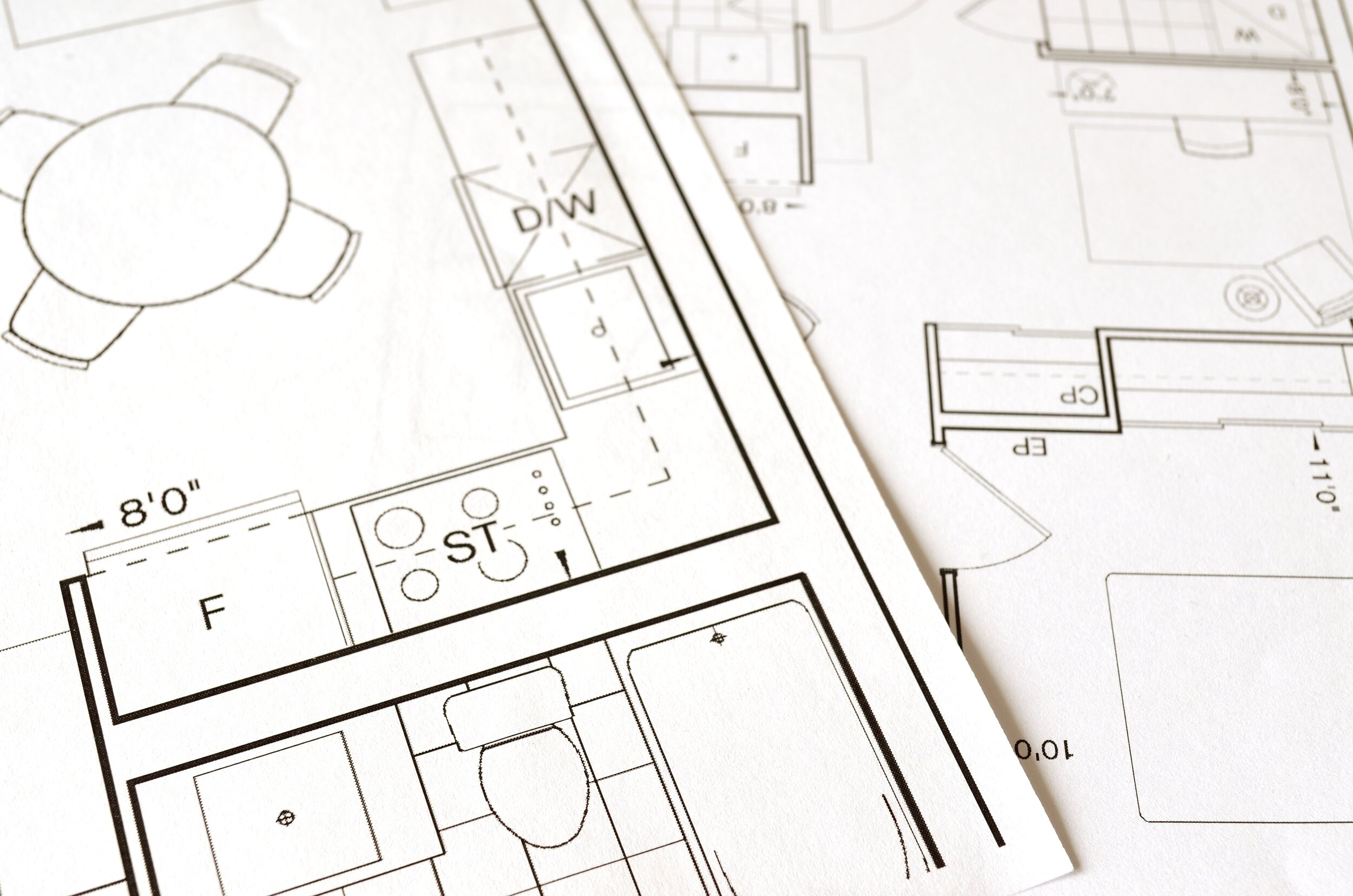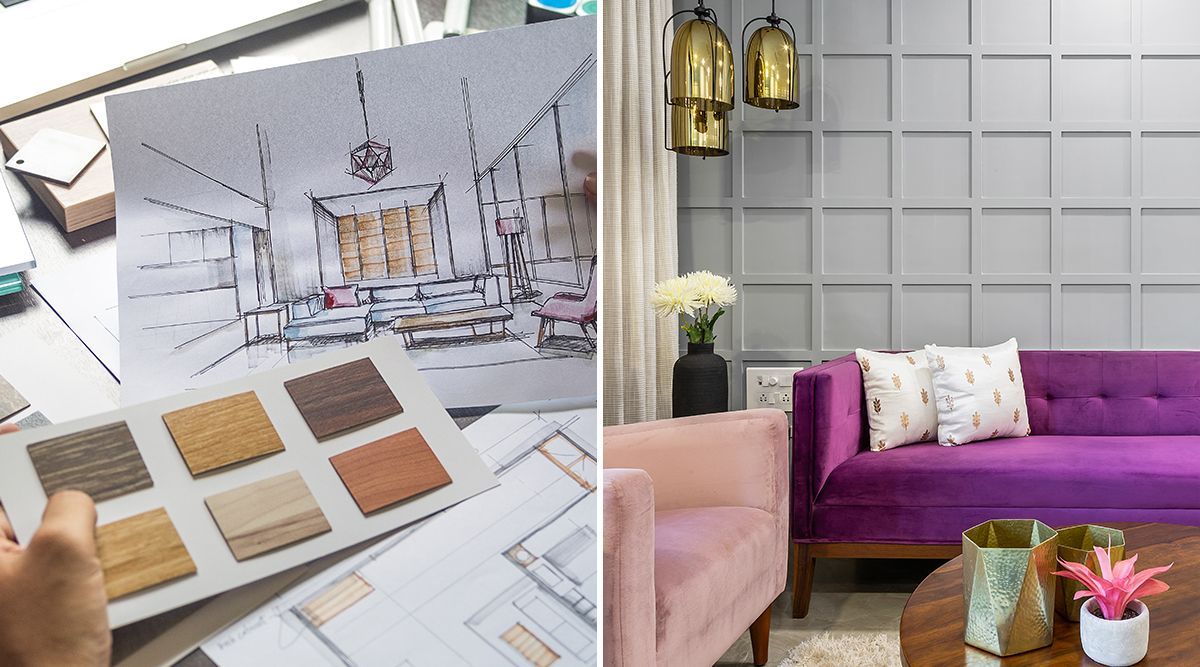Discover the Best Interior Design Near Me for Your Dream Home
Discover the Best Interior Design Near Me for Your Dream Home
Blog Article
The Art of Balance: Exactly How Interior Design and Home Engineer Collaborate for Stunning Outcomes
In the realm of home layout, striking an equilibrium in between appearances and functionality is no small accomplishment. This fragile balance is achieved via the harmonious collaboration between interior developers and engineers, each bringing their one-of-a-kind proficiency to the table. Stay with us as we discover the details of this joint process and its transformative effect on home style.
Recognizing the Core Differences Between Inside Design and Home Architecture
While both interior style and home style play essential duties in creating cosmetically pleasing and functional areas, they are naturally various techniques. It deals with the 'bones' of the framework, functioning with spatial measurements, load-bearing walls, and roofing system styles. On the other hand, indoor layout is much more worried with enhancing the aesthetic and sensory experience within that framework.
The Harmony In Between Home Architecture and Interior Decoration
The synergy in between home style and Interior Design depends on a common vision of design and the enhancement of practical visual appeals. When these 2 areas straighten sympathetically, they can change a living space from common to extraordinary. This partnership requires a deeper understanding of each technique's principles and the ability to produce a cohesive, visually pleasing atmosphere.
Unifying Layout Vision
Combining the vision for home style and interior layout can produce a harmonious living area that is both practical and aesthetically pleasing. It advertises a synergistic technique where architectural aspects complement indoor design parts and vice versa. Thus, unifying the layout vision is essential in mixing design and indoor design for spectacular outcomes.
Enhancing Functional Aesthetics
Exactly how does the harmony between home design and Interior Design improve functional looks? This harmony enables the production of spaces that are not only aesthetically appealing but likewise conveniently useful. Designers lay the foundation with their architectural design, making certain that the room is reliable and useful. The indoor developer then matches this with very carefully picked elements that enhance the appearances without jeopardizing the capability. This unified cooperation can cause homes that are both gorgeous and livable. For example, an engineer may develop a residence with big home windows and high ceilings. The indoor developer can then highlight these functions with sheer curtains and tall plants, respectively, thus enhancing the aesthetic appeal while maintaining the practical benefits of all-natural light and spaciousness.
Relevance of Cooperation in Creating Balanced Spaces
The partnership in between indoor designers and engineers is critical in developing well balanced areas. It brings harmony in between design and design, bring to life rooms that are not only cosmetically pleasing yet likewise useful. Checking out effective collaborative approaches can offer understandings right into how this harmony can be effectively accomplished.
Harmonizing Style and Style
Equilibrium, an essential facet of both interior style and architecture, can just genuinely be attained when these two areas work in harmony. This collaborative process results in a natural, balanced design where every component contributes and has an objective to the total aesthetic. Harmonizing layout and architecture is not just concerning developing beautiful spaces, yet about crafting areas that function flawlessly for their residents.
Successful Joint Methods

Case Studies: Effective Assimilation of Layout and Design
Taking a look at several instance research studies, it becomes noticeable exactly how the successful assimilation of Interior Design and architecture can change a space. The Glass Residence in Connecticut, renowned for its minimalistic beauty, is click this link one such instance. Designer Philip Johnson and indoor developer Mies van der Rohe teamed up to create a harmonious equilibrium between the structure and the inside, leading to a seamless flow from the outside landscape to the inner living quarters. An additional exemplar is the Fallingwater Residence in Pennsylvania. Architect Frank Lloyd Wright and indoor designer Edgar Kaufmann Jr.'s collective initiatives result in a stunningly unique home that mixes with its natural environments. These case research studies underscore the profound effect of a successful design and style collaboration.

Overcoming Obstacles in Style and Architecture Cooperation
In spite of the undeniable benefits of an effective partnership in between Interior Design and style, it is not without its difficulties. Communication problems can occur, as both events may utilize different terminologies, understandings, and approaches in their job. This can result in misunderstandings and hold-ups in job completion. An additional major obstacle is the balancing act of visual appeals and capability. Designers may prioritize architectural integrity and safety and security, while designers concentrate on convenience and style. The assimilation of these objectives can be complicated. Additionally, budget plan and timeline constraints commonly add pressure, possibly creating rifts in the partnership. Effective interaction, shared understanding, and concession are crucial to conquer these difficulties and attain a unified and successful partnership.

Future Patterns: The Evolving Connection In Between Home Architects and Interior Designers
As the globe of home style remains to progress, so does the relationship between engineers and interior developers. The fad leans towards an extra integrated and collective technique, damaging devoid of traditional functions. Designers are no more solely concentrated on structural integrity, but likewise participate in improving aesthetic charm - Winchester architect. Alternatively, indoor developers are embracing technical facets, influencing overall design and capability. This developing symbiosis is driven Going Here by innovations in technology and the growing demand for rooms that are not just aesthetically pleasing but lasting and additionally practical. The future guarantees a much more natural, innovative, and adaptive technique to home style, as engineers and developers remain to obscure the lines, cultivating a relationship that truly embodies the art of equilibrium.
Conclusion
The art of equilibrium in home layout is accomplished you can find out more through the harmonious cooperation in between interior designers and architects. An understanding of each various other's self-controls, effective interaction, and shared vision are critical in developing aesthetically spectacular, functional, and inviting areas. In spite of challenges, this collaboration promotes growth and technology in style. As the relationship in between home designers and indoor designers evolves, it will remain to form future trends, boosting comfort, effectiveness, and individual expression in our space.
While both indoor design and home style play important duties in creating cosmetically pleasing and functional areas, they are naturally different techniques.The synergy between home architecture and indoor layout lies in a common vision of layout and the enhancement of practical aesthetic appeals.Unifying the vision for home design and indoor layout can create an unified living space that is both practical and cosmetically pleasing. Thus, unifying the style vision is critical in blending design and indoor layout for stunning results.
Exactly how does the harmony between home design and indoor layout enhance practical looks? (Winchester architect)
Report this page